博文
2024年8月嘲风作品集(一)
||
▲ Vol 14 Issue 08 | August, 2024
机器学习辅助光谱分析技术在环境微/纳塑料研究中的应用
李艳, 吴欣宜, 王全龙, 巩一潮, 黎刚, 阴永光, 裴志国, 宋茂勇, 谭志强, 张庆华
微/纳塑料在环境中广泛存在,威胁着全球生态系统的平衡和稳定,因此有必要确定和评估微/纳塑料的环境赋存特征、环境行为和效应以及生态毒性效应。然而微/纳塑料具有的低浓度、小尺寸及容易吸附其他物质等特点,为其在复杂环境基质中的分析带来了巨大挑战。大多数分析方法在提供环境样本中微/纳塑料的定性定量信息方面存在成本高、准确性差、时间效率低等问题,而具有无损、高效、操作方便等优点的光谱分析技术可以弥补这些方法的不足。但采集的微/纳塑料光谱信号可能会受到环境样本中复杂成分的背景噪声干扰,亟需采用智能化手段提高分析的准确性和效率。机器学习具有强大的数据处理和自动化分析能力,准确性高、应用性广,适用于复杂光谱数据的分类和解析,将机器学习与光谱分析技术相结合有望成为微/纳塑料分析的可靠方法。首先对常用的机器学习辅助光谱分析技术进行综述,然后系统性地讨论了机器学习辅助光谱分析技术在微/纳塑料的环境赋存特征、环境行为和效应、生态毒理效应等研究中的应用,最后对该技术的发展前景进行了总结和展望。机器学习辅助光谱分析技术有望为环境中微/纳塑料的生态环境健康风险评估和污染防治提供重要数据支持。
http://zgwjfxhx.bgrimm.cn/zgwjfxhx/ch/reader/view_abstract.aspx?file_no=20240515003&flag=1
▲ Vol 24 Issue 15 | 07 August, 2024
An integrative temperature-controlled microfluidic system for budding yeast heat shock response analysis at the single-cell level
Jie Hong, Hao He, Yinjia Xu, Shujing Wang and Chunxiong Luo
Cells can respond and adapt to complex forms of environmental change. Budding yeast is widely used as a model system for these stress response studies. In these studies, the precise control of the environment with high temporal resolution is most important. However, there is a lack of single-cell research platforms that enable precise control of the temperature and form of cell growth. This has hindered our understanding of cellular coping strategies in the face of diverse forms of temperature change. Here, we developed a novel temperature-controlled microfluidic platform that integrates a microheater (using liquid metal) and a thermocouple (liquid metal vs. conductive PDMS) on a chip. Three forms of temperature changes (step, gradient, and periodical oscillations) were realized by automated equipment. The platform has the advantages of low cost and a simple fabrication process. Moreover, we investigated the nuclear entry and exit behaviors of the transcription factor Msn2 in yeast in response to heat stress (37 °C) with different heating modes. The feasibility of this temperature-controlled platform for studying the protein dynamic behavior of yeast cells was demonstrated.
https://pubs.rsc.org/en/content/articlelanding/2024/lc/d4lc00313f
▲ Vol 24 Issue 15 | 07 August, 2024
Across Interfacial Li+ Conduction Accelerated by a Single-Ion Conducting Polymer in Ceramic-Rich Composite Electrolytes for Solid-State Batteries
Nan Meng, Fang Lian, Luetao Wu, Yue Wang, Jingyi Qiu
Composite electrolytes have been accepted as the most promising species for solid-state batteries, exhibiting the synergistic advantages of solid polymer electrolytes (SPEs) and solid ceramic electrolytes (SCEs). Unfortunately, the interrupted Li+ conduction across the SPE and SCE interface hinders the ionic conductivity improvement of composite electrolytes. In our study on a ceramic-rich composite electrolyte (CRCE) membrane composed of borate polyanion-based lithiated poly(vinyl formal) (LiPVFM) and Li1.3Al0.3Ti1.7(PO4)3 (LATP) particles, it is found that the strong interaction between the polyanions in LiPVFM and LATP particles results in a uniform distribution of ceramic particles at a high proportion of 50 wt % and good robustness of the electrolyte membrane with a Young’s modulus of 9.20 GPa. More importantly, ab initio molecular dynamics simulation and experimental results demonstrate that Li+ conduction across the SPE and SCE interface is induced by the polyanion-based polymer due to its high lithium-ion transference number and similar Li+ diffusion coefficient with the SCE. Therefore, the unblocked Li+ conduction among ceramic particles dominates in the CRCE membrane with a high ionic conductivity of 6.60 × 10–4 S cm–1 at 25 °C, a lithium-ion transference number of 0.84, and a wide electrochemical stable window of 5.0 V (vs Li/Li+). Consequently, the high nickel ternary cathode LiNi0.8Mn0.1Co0.1O2-based batteries with CRCE deliver a high-rate capability of 135.08 mAh g–1 at 1.0 C and a prolonged cycle life of 100 cycles at 0.2 C between 3.0 and 4.3 V. The polyanion-induced Li+ conduction across the interface sheds new light on solving composite electrolyte problems for solid-state batteries.
https://pubs.acs.org/doi/10.1021/acsami.4c06551
<静远嘲风动漫传媒科技中心>设计制作
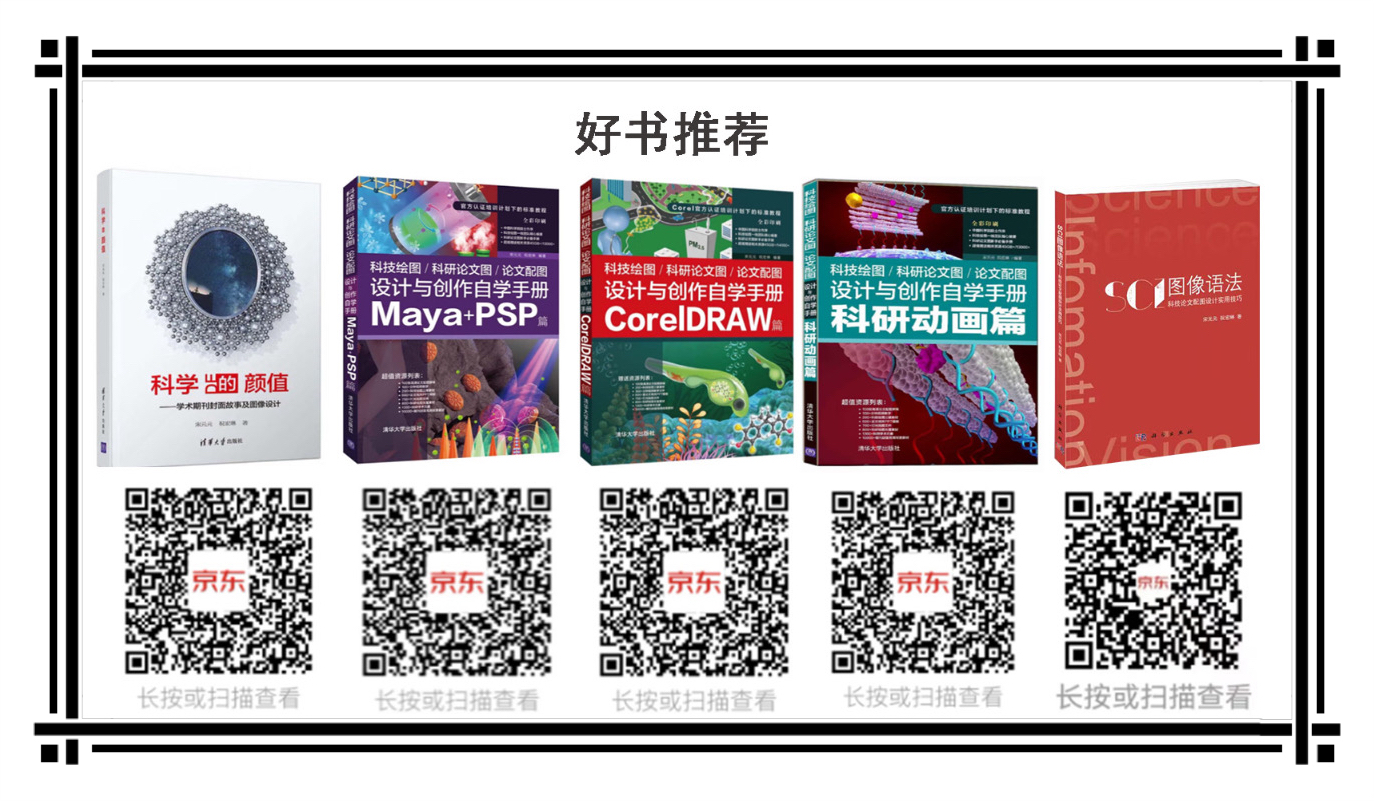
购书链接:
☆科学的颜值:学术期刊封面故事及图像设计
https://item.jd.com/12802188.html
☆科技绘图/科研论文图/论文配图设计与创作自学手册:CorelDRAW篇
https://item.jd.com/13504674.html
☆科技绘图/科研论文图/论文配图设计与创作自学手册:Maya+PSP篇
https://item.jd.com/13504686.html
☆科技绘图/科研论文图/论文配图设计与创作自学手册:科研动画篇
https://item.jd.com/13048467.html#crumb-wrap
☆SCI图像语法-科技论文配图设计使用技巧
https://item.jd.com/10073529532924.html?bbtf=1
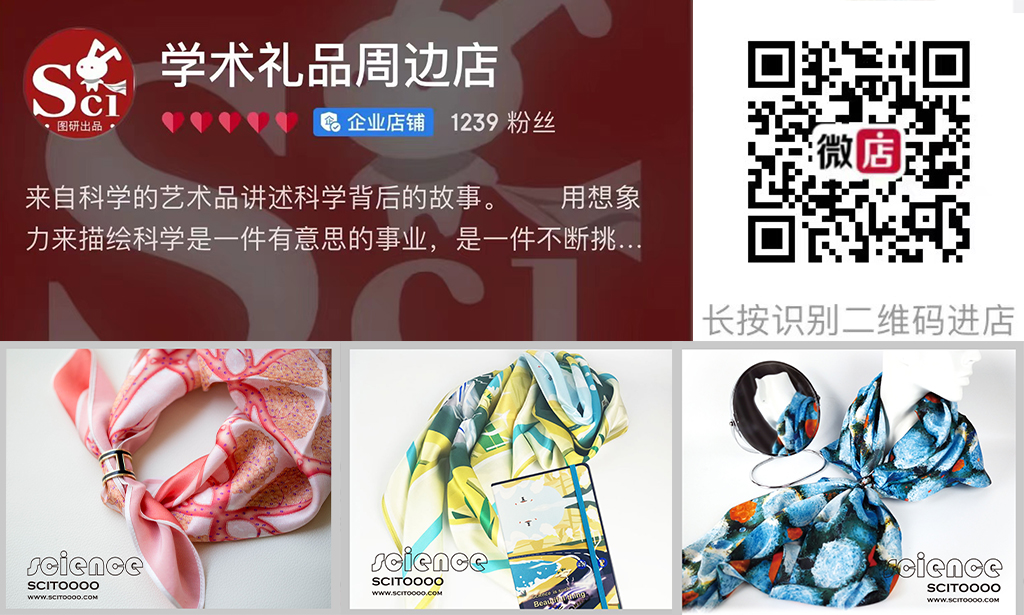
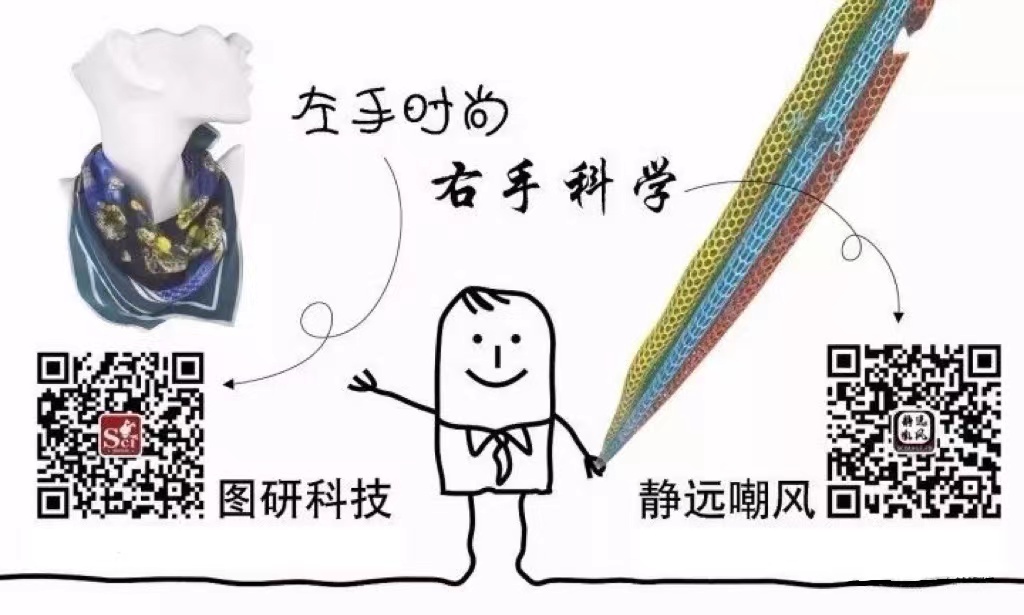
静远嘲风(MY Scimage) 成立于2007年,嘲风取自中国传统文化中龙生九子,子子不同的传说,嘲风为守护屋脊之瑞兽,喜登高望远;静远取自成语“宁静致远”,登高莫忘初心,远观而不可务远。
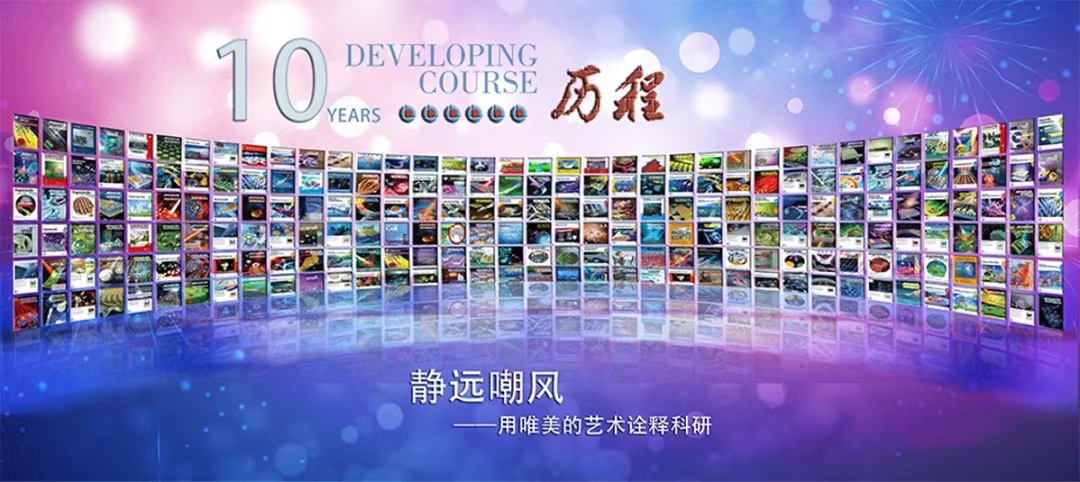
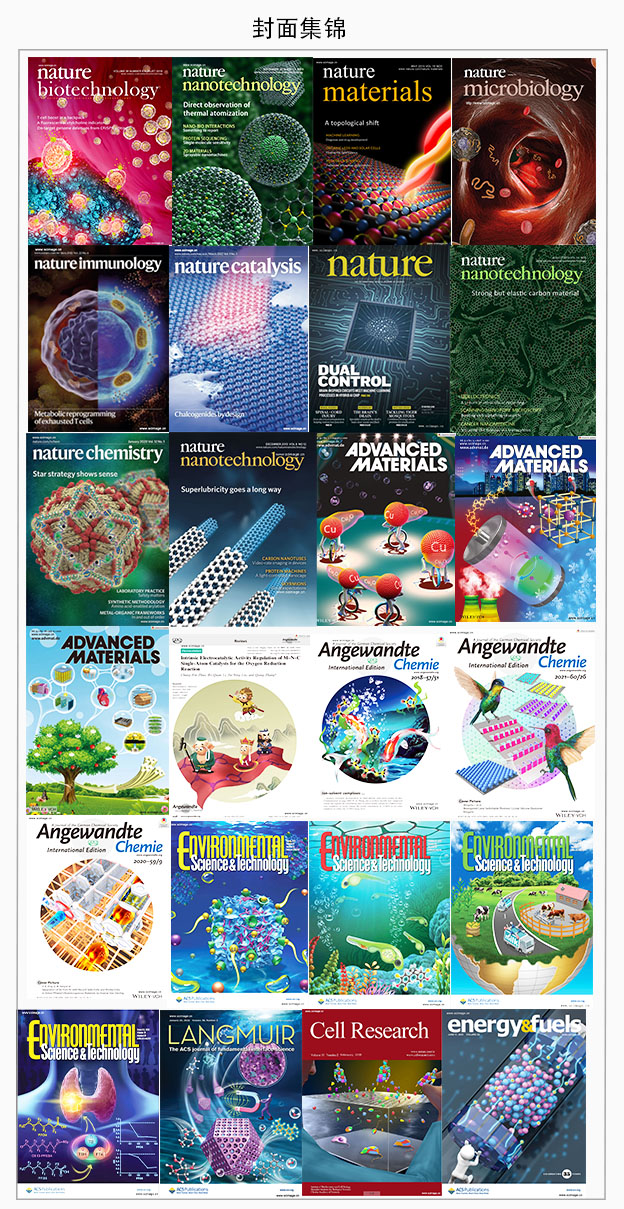
学习更多绘图教程关注:

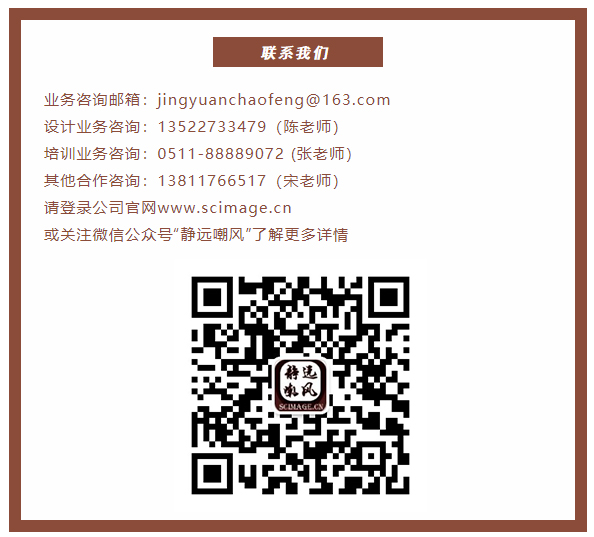
https://blog.sciencenet.cn/blog-519111-1457344.html
上一篇:【Autodesk考证】 | 如何用Maya表面分布不规则纳米颗粒的纳米球
下一篇:2024年8月嘲风作品集(二)


